Revitalize Your Lawn: The Science behind Aeration & Seeding
NOTE: Aeration and seeding is only effective for cool-season grass types, like Tall Fescue, in early autumn. Please see our Aeration & Seeding page...
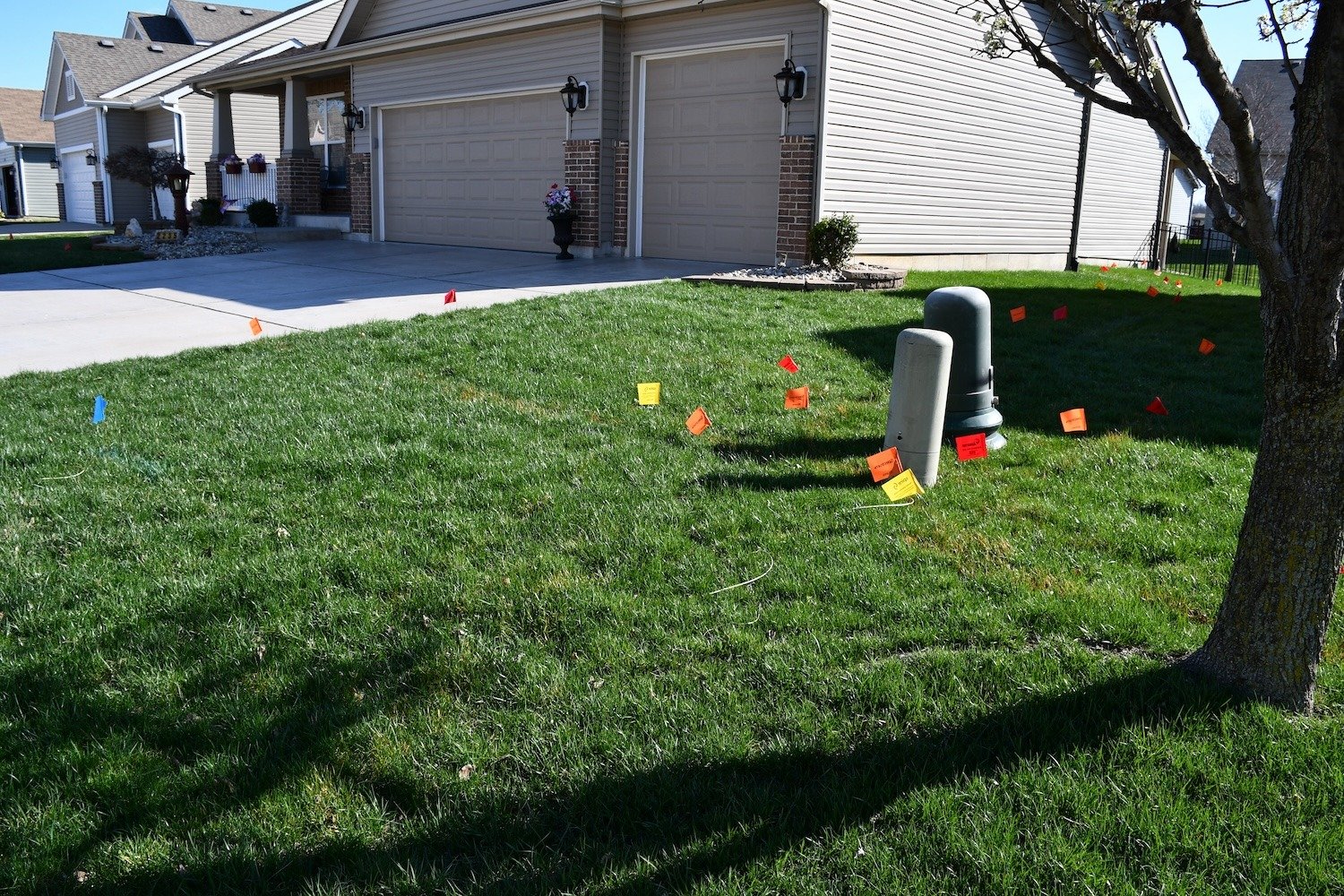
So you've scheduled your aeration and seeding with us. Awesome! We're so happy that you've chosen Top Turf to lead you in your lawn care journey. What are the next steps to ensure that your aeration and seeding are successful and result in a beautiful lawn? While we do most of the work for you, we ask that you do a few things to prep your lawn for us. Read on to find out more!
So There You Have It!
That's why you need to aerate and seed tall fescue yearly.
3 Ways To Prep For Aeration & Seeding
#1 Remove Thatch
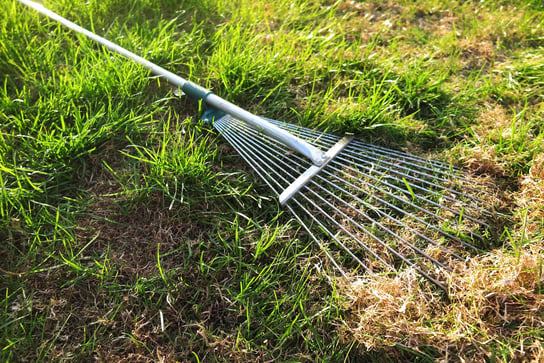
In the weeks leading up to your aeration and seeding, you will want to cut your lawn at the lowest setting each time you cut your lawn. We suggest two times, maybe even one time. Just make sure you get all the dead thatch up and out of your lawn. The less thatch you have, the higher efficiency of seed germination.
Mowing and raking will help pick up any dead thatch that has accumulated and hopefully clear out any dead spots. Doing this prevents extra thatch from being left over on your grass.
If you don't have enough time before your scheduled aeration to get up all your dead thatch, make sure to bag your clippings now until you aerate and seed...Remember: Excess thatch will prohibit seeds from germinating effectively.
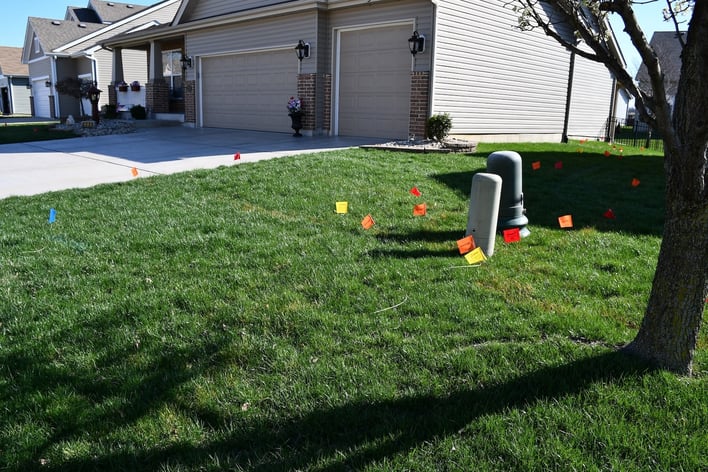
Aeration machines are powerful and have the potential to run over and damage items that are underground. Prior to your aeration, please take the time to walk through your lawn and mark out your items using any marking item so that our tech can see them. Here are a few examples of items you should mark–
Any underground or hard-to-see item less than 6 inches below the surface of your lawn can potentially be damaged if our aerator machine runs over them. That's why we need your help to clearly mark them so we can actively avoid them and make sure that we do not damage any of your property.
#3 Water, Water, Water
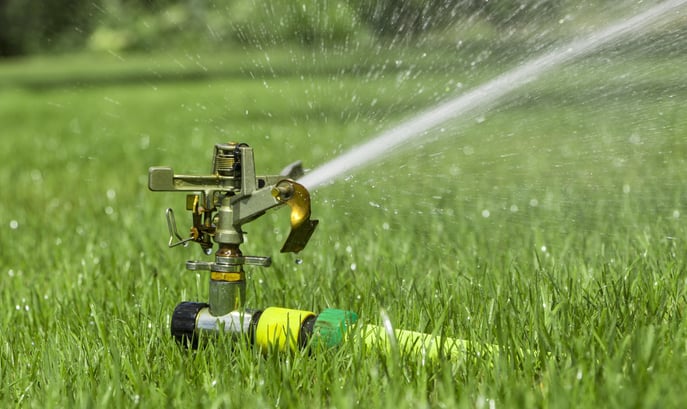
You will want to keep your soil moist before your scheduled aeration and seeding appointment, so the aeration machines will be able to pull cores out of the soil more efficiently and effectively. If the soil is too hard, the aerators will not pull cores correctly and, in some cases, can bounce across the lawn without pulling any core plugs. However, be careful not to overwater because a soggy lawn will also cause problems, and the aerators can sink.
AFTER YOUR AERATION AND SEEDING, ensure your sprinkler system is working and set your timer to 3 times a day for approximately 5 minutes per zone. This type of watering is only for seed germination. The goal is to keep the seed moist. Change your watering schedule after seed germination..approx 2 -3 Weeks. See our blog post on Aeration and Seeding After Care for more information!
If you don't have a sprinkler system, set up a manual watering schedule or DIY your own system. Check out our blog on DIY sprinkler systems.
What to Expect After Your Core Aeration and Seeding...
Your yard will look like a mess! Plugs all over your lawn. Some dirt/mud and residual seed may be on your driveway and sidewalks. The aerators are dirty, so try not to be alarmed. Just spray off with a hose. The technicians do not have water hoses on their trucks.
Do not remove the soil plugs from your lawn. We understand that all the soil plugs our aerator machines pull out of your lawn may not look the prettiest, but they serve a purpose! Please do not remove them from your lawn. In just a short amount of time, they will begin to break down or crumble as time passes, and they are watered into the soil. As they do, the nutrients they hold will release back into the soil, providing more nourishment for your new grass seed.
➩ How to care for your lawn after your Aeration and Seeding to get the best germination!
➩ Don't have an irrigation system? No worries... check out our solution!
For more lawn care tips and more, please view and subscribe to our blog here!
As always, please feel free to contact us with any questions!
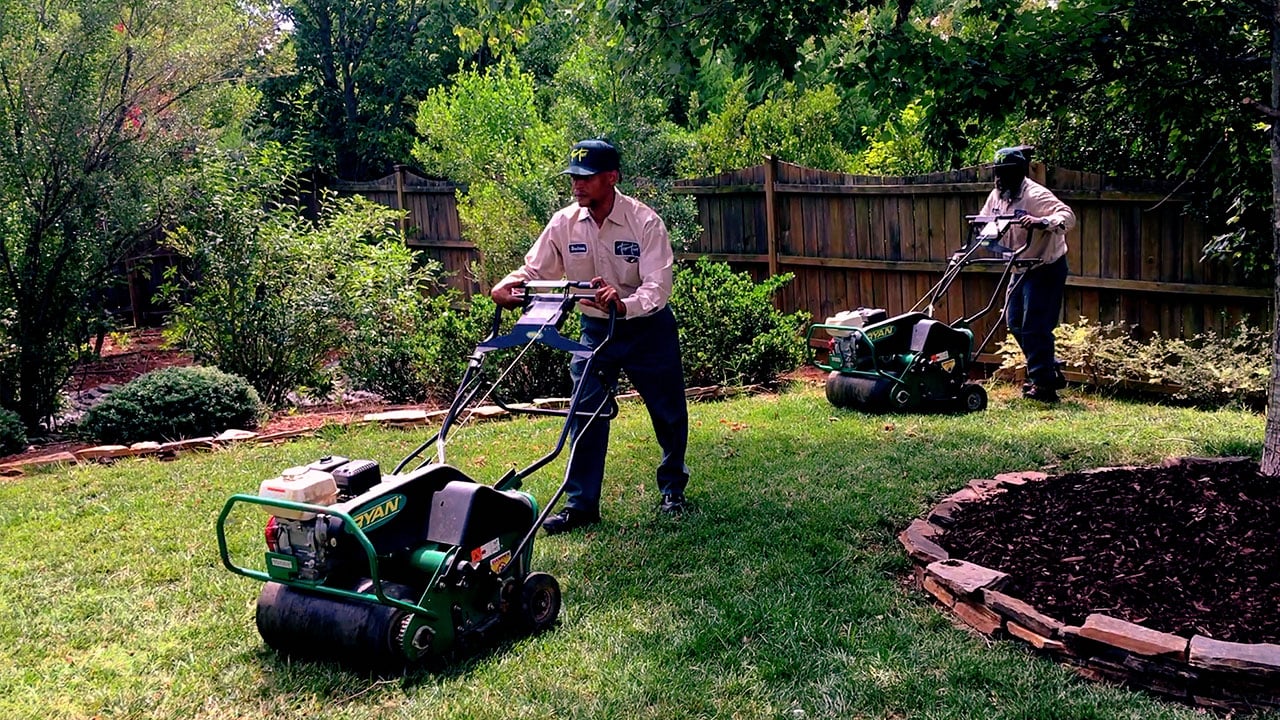
NOTE: Aeration and seeding is only effective for cool-season grass types, like Tall Fescue, in early autumn. Please see our Aeration & Seeding page...
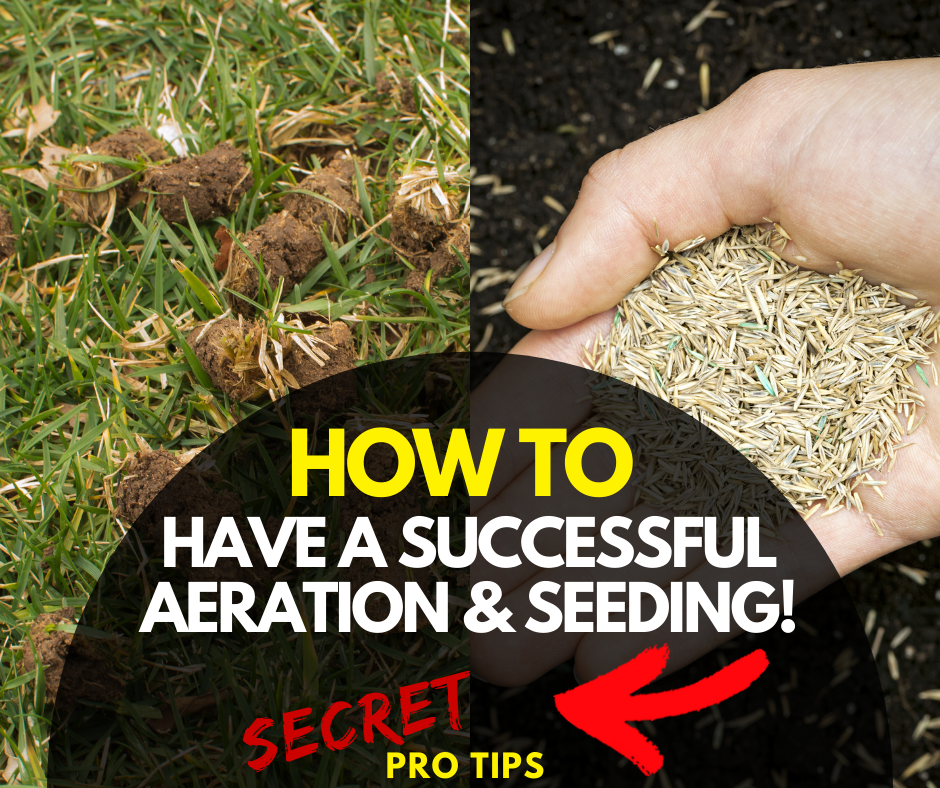
Just had your lawn aerated and seeded? Here are the next steps to make sure your new grass grows in full– Once you've completed your annual aeration...
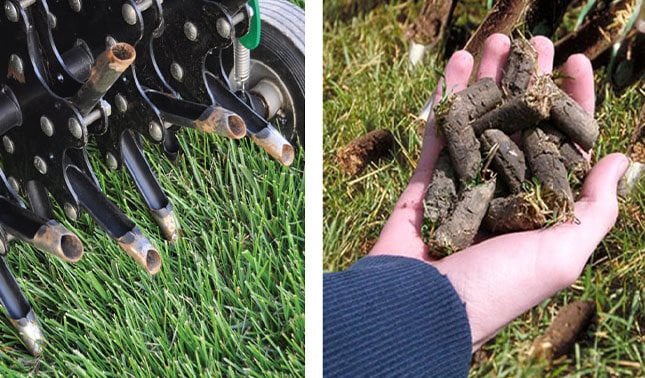
If you want a healthier, stronger lawn, aeration is a must! But when it comes to choosing core aeration or aeration and seeding, the right choice...